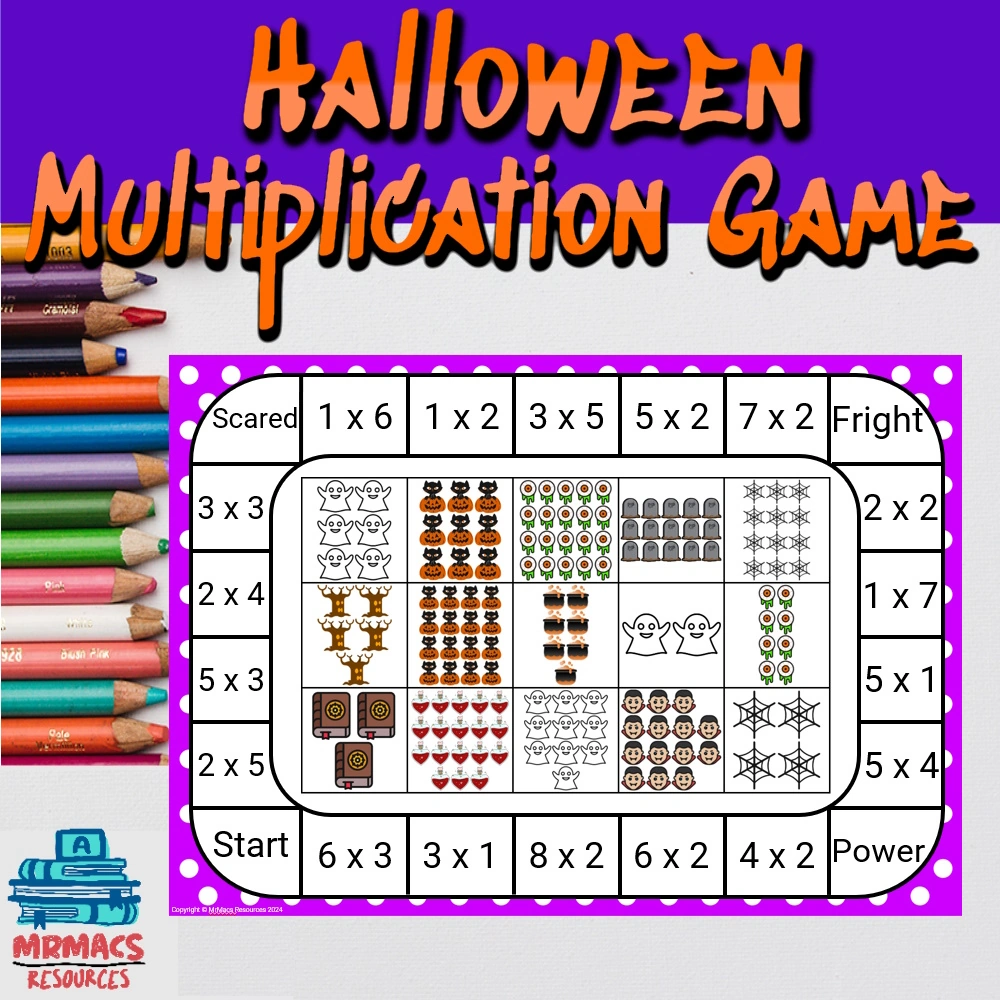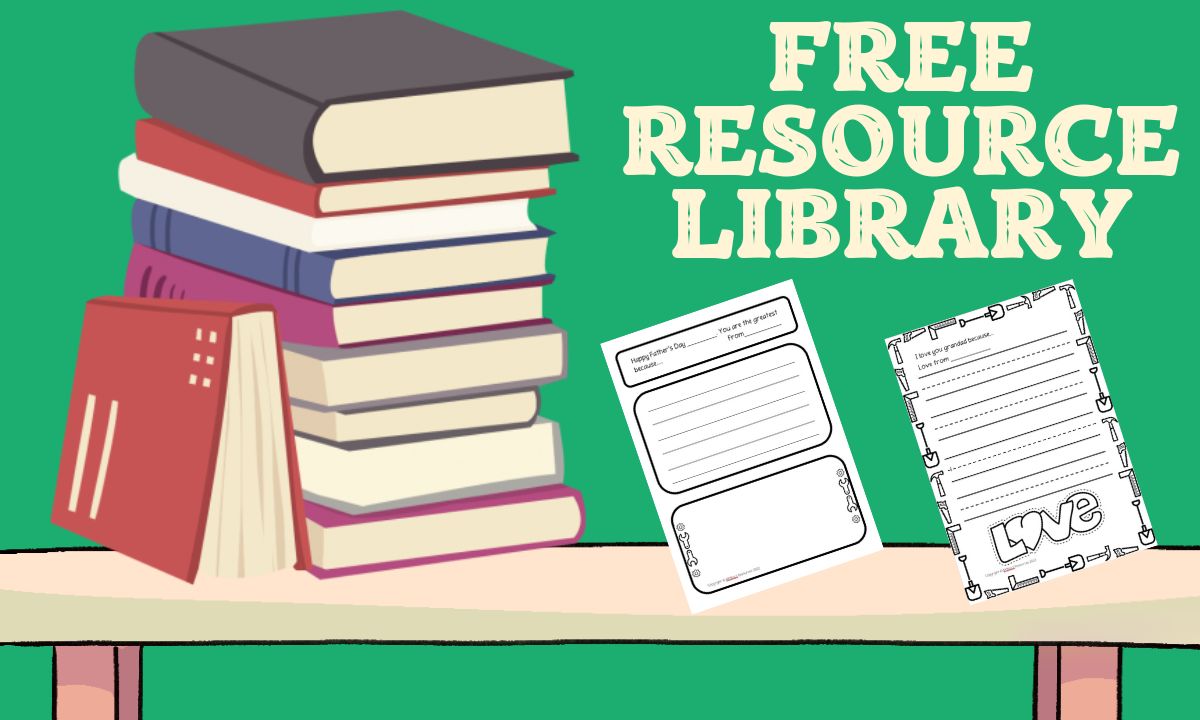
Every classroom is filled with students who learn in different ways. Some kids pick things up quickly, while others need more time. Some love to read, and others prefer hands-on activities. As a teacher, you can help all your students succeed by using different teaching methods. How can you Differentiate Instruction? Read this blog post to find out.
You can change up your lessons to fit each student’s needs. This is called differentiated instruction. It means you adjust how you teach to match how your students learn best. This way, every student has a fair chance to do well.
What is more, by using varied approaches, you make learning more fun and effective for everyone. You might have students work in small groups, use technology, or choose their own projects. The goal is to help each student grow and learn at their own pace. When you use these methods, you’ll see your students become more engaged and confident in class.
Understanding Differentiated Instruction
Differentiated instruction helps teachers meet the needs of all students. It recognises that each learner is unique and adapts teaching methods to suit different abilities and learning styles.
Foundations of Differentiated Instruction
Differentiated instruction is based on the idea that students learn best when teaching matches their readiness, interests, and learning preferences. This approach was popularised by Carol Ann Tomlinson, who saw that one-size-fits-all teaching wasn’t working for many students.
The goal is to create an inclusive classroom where all students can succeed. Teachers who use this method believe that every child can learn, but not in the same way or at the same pace.
To differentiate, teachers need to know their students well. They must understand each student’s:
- Current skills and knowledge
- Learning speed
- Interests
- Preferred ways of learning
Key Elements of Differentiating
Differentiation focuses on four main areas: content, process, product, and learning environment.
Content is what students learn. Teachers might adjust the difficulty level or use different materials for different students.
Process refers to how students learn. Some might need more time, while others might work in groups or independently.
A work sample is how students show what they’ve learned. Options could include writing a report, making a video, or giving a presentation.
The learning environment is the classroom setup. It should be flexible and comfortable for all learners.
To clarify, as a teacher you can change any of these elements to help students learn better. The key is to match your teaching to the student’s needs.
Strategies for Instructional Differentiation
There are many ways to differentiate instruction. Here are some popular strategies:
- Flexible grouping: Group students based on their needs or interests. Change groups often.
- Tiered assignments: Give tasks at different levels of difficulty.
- Choice boards: Let students pick from a range of activities that all teach the same skill.
- Learning stations: Set up different areas in the classroom for various activities.
- Think-pair-share: Students think about a topic, discuss with a partner, then share with the class.
These methods help create a classroom where all students can learn and grow. Thus, using different approaches, teachers can reach more students and help them succeed.
Designing Differentiated Lessons and Activities
Teachers can create lessons that meet the needs of all students through careful planning and flexible strategies. By using a mix of methods, you can help every learner succeed.
Lesson Planning for Diverse Learners
Start by looking at what your students already know and can do. This helps you make lessons that fit each student’s level. You can use tiered assignments to give different tasks based on skill. For example, give easier sums to some maths students and harder ones to others.
Make sure to include choices in your lessons. This lets students pick activities that match how they learn best. To add, you might offer options like writing a story, making a poster, or giving a talk about the same topic.
Set up learning stations around the classroom. These allow students to move between different activities at their own pace. Each station can focus on a different skill or concept.
Effective Use of Formative Assessment
Check student progress often during lessons. This helps you see who needs extra help or a bigger challenge. You can use quick quizzes, exit tickets, or thumb signals to gauge understanding.
Watch how students work and chat with them about their learning. This gives you clues about what’s working and what’s not. You can then adjust your teaching on the spot to help students who are struggling.
Use the info you gather to plan your next steps. If many students are confused, you might need to reteach a concept. Conversely, if some are racing ahead, give them more complex tasks to keep them engaged.
Developing Flexible Grouping Strategies
Mix up how you group students for activities. Sometimes put them in teams based on their skills. Other times, let them choose their own groups. This helps students learn from each other and try different roles.
Use pair work for quick tasks. It’s a good way for students to check each other’s work or practise new skills. You can match students who need help with those who’ve mastered the concept.
Create groups based on learning styles or interests. This lets you teach in ways that suit different students. For example, you might have a hands-on group and a reading group for the same lesson
Implementing and Managing Differentiated Instruction

Putting differentiated instruction into practice takes careful planning and ongoing adjustments. Teachers need to create supportive environments, use varied tools, and track student growth.
Creating an Inclusive Learning Environment
An inclusive classroom helps all students feel welcome and ready to learn. You can set up flexible seating with different options like standing desks, bean bags, or wobble chairs. This lets kids choose spots that help them focus best.
Use colourful displays and posters to show different cultures and learning styles. Make sure books and materials cover many interests and skill levels. Group work areas can help kids learn from each other.
Keep your room tidy and organised. Label supplies clearly so students can find what they need. A calm, well-ordered space helps everyone concentrate better.
Integrating Technology and Multimedia
Technology can be a great way to reach different learners. Use videos and audio clips to explain ideas in new ways. Online quizzes let kids practise at their own speed.
Try apps that adapt to each student’s level. These can give extra help or harder questions as needed. Virtual field trips can spark interest in new topics.
Encourage students to make their own digital projects. They might create videos, podcasts, or online slideshows. This lets them show what they know in ways that suit them best.
Monitoring Student Progress and Readiness
Keep track of how each student is doing. Use quick checks during lessons to see who needs more help. Short quizzes or exit tickets work well for this.
Watch how kids work in groups. This can show you their social skills and learning styles. Keep notes on what each student finds easy or hard.
Talk to students about their goals. Help them see their own progress. Adjust your teaching based on what you learn. Some kids might need simpler tasks, while others are ready for bigger challenges.
Remember, every student learns differently. By watching closely and changing your methods, you can help each child succeed.
Conclusion
To conclude, differentiated instruction is a powerful tool for teachers. It helps you meet the needs of all students in your classroom. By using this approach, you can create a more inclusive learning environment.
Remember to start small when trying differentiated instruction. You don’t need to change everything at once. Begin with one subject or unit and expand from there.
Flexibility is key. Be ready to adjust your methods based on how students respond. Keep track of what works well and what doesn’t.
Collaboration with other teachers can be very helpful. Share ideas and resources to make planning easier. You might also team up to create lessons that cater to different learning styles.
Don’t forget to involve your students in the process. Ask for their input on how they learn best. This can lead to more engaged and motivated learners.
With practice, differentiated instruction will become second nature. You’ll find it easier to spot opportunities to tailor your teaching. This approach can lead to better outcomes for all your students.
Stay positive and patient as you implement these strategies. The results are worth the effort. Your students will benefit from a more personalised learning experience.
Tell me how you differentiate in your classroom?
About The Author

Hi! My name is Mr Mac. I am a K – 6 teacher. I love to create resources for teachers to make their teaching lives easier.



